welcome
Welcome to issue 15 of Shipping News, my occasional newsletter of things I find interesting and hope you do too. Feedback is always welcome. Thanks to Phoebe for her suggestion of the TV and Film viewing app Sofa Time It seems to have plenty of features for keeping track of what you’re watching, and want to watch later on. Now that the Olympics are over we all might need to find some decent alternatives to watch and this might help me find something beyond old episodes of Vera!
NOTE: as always, this newsletter may or may not contain any actual shipping news!
history - Matthew Flinders returns home
Matthew Flinders. His name seems to be everywhere on the Mornington Peninsula; the ‘man who mapped Australia’. Flinders came ashore on the Mornington Peninsula as he became the second European after Murray to enter Port Phillip Bay in 1802. He ran aground near the Heads, thought at first he was in Western Port Bay, climbed Arthurs Seat and the You Yangs, walked along the cliff top to Schnapper Point in Mornington and named lots of things along the way, most of which no doubt already had names.
And, earlier this year, he was re-buried after his remains had gone missing for 160 years. in an emotional homecoming.
In 2019 the ABC reported that his grave had been found after being lost in the 1800s.
The remains of explorer Matthew Flinders have been found at a burial site beneath Euston station in London, 216 years after he circumnavigated Australia.
His remains were identified by archaeologists working on the controversial HS2 high-speed rail project, thanks to a well-preserved lead breastplate.
"I was rather hoping that there would be a ship or an anchor — something that linked him to his nautical endeavours," Helen Wass, the project's heritage chief, said.
"But it's just so exciting to see that here and to know that this was his grave."
The reinterment in his old home town only happened this year with lots of pomp and pageantry.
The reinterment was a long time coming after his remains were lost in the mid-1800s and only discovered in 2019 in London during excavations for the HS2 high-speed rail line.
Thousands lined the streets of Donington as Royal Navy sailors and officers marched through with the coffin.
You can read more about the life of Matthew Flinders in Rob Mundle’s rollicking sailing adventure: The Man Who Mapped Australian but I only recommend it if you have an intense curiosity about the sailing characteristics of nineteenth century vessels. You’re probably better off hearing about it all from Flinders himself in Terra Australis (Text Publishing). It makes for fascinating reading, particularly his relationships with the French explorers he encountered and his contacts with the ‘indians’.
Flinders only lived until he was 40, his health ruined by years in French captivity during the Napoleonic War and never really got to celebrate or profit from his discoveries. I’m glad he’s home at last. I also sympathise with the project heritage chief that was hoping for an anchor with the rediscovered body. Now, that WOULD be shipping news.
history - fifteen young men (2)
In the last issue I wrote about the great Mornington drowning tragedy; fifteen young men sailing home from a football match, lost in the bay in May 1892.
I was strikingly reminded again of that event again last week as I walked through the Mornington Cemetery and noticed the grave of one of the ‘young men’: James Firth ‘who was accidentally drowned in the bay between Mordialloc and Mornington, May 21st 1892, aged 17 years.’ There’s something of the enduring solidity of that grief in that tombstone that resonates 132 years later.
localism - avenues of honour (2)
In issue 12 I talked a little about the concept of ‘Avenues of Honour’ and some avenues on the Mornington Peninsula near where I live. I thought I knew most of them, so I was surprised to find a new ‘mini’ avenue when walking in Shoreham recently.
It only seems to be four trees, World War II additions when avenues of honour had gone out of fashion a bit, hidden under overgrown, spindly deciduous trees, bare and poor looking in the winter sunshine. Each tree has a small plaque at the base which are faded and hard to read. I pushed my way through the sticks and branches of one and managed to make out:
PLANTED IN MEMORY OF
VX 105173
CPL HENRY JC
K.I.A. DEC 1943
I did some searching on Cpl Henry using the National Archives
He was John Campbell Henry, born in Loch, in Gippsland and gave his occupation as ‘farmer’. He enlisted at 24 years of age in January 1942 and was killed at Milne Bay the week before Christmas in 1943. It’s strangely moving to see his army paperwork, and his own strong handwriting on his enlistment form in the archive and to find his name on a plaque under an unremarkable tree in an unremarkable street in Shoreham.
photography: victor albert prout
When I visited the Museum d’Orsay in Paris in 2023 the last thing I thought I might find was the existence of a British/Australian photographer who I previously knew nothing about. Among the rooms full of impressionism masterpieces was a small exhibition dedicated to Prout and his photography.
Prout was a portrait painter and professional photographer, the son of musical and artistic parents Maria and John Skinner Prout. He spent his professional career between England and Australia and established a reputation as 'one of the best art-photographers in London.' He claimed to have invented a panoramic camera and in 1870 introduced the autotype to Australia.
I was immediately taken by some of the images, especially their panoramic nature, which worked so well with the series of photographs of the Thames.
Prout moved back to Sydney and established himself as a portraiture photographer and never recaptured the quality of those panoramas. Francis Hodgson wrote: ‘Victor Prout came back from Australia raving so badly from the madness known then as General Paralysis of the Insane (the tertiary stage of syphilis) that he had at one time on the voyage to be tied to the mast of his ship. He died in April 1877 at the Sussex Lunatic Asylum in Haywards Heath. In the Thames pictures he left one high quality series, the one of his life. It’s enough.’
There is a fairly detailed biography of Prout at Design and Art Australia online HERE.
The National Gallery of Scotland sites also features Prout and has lots of his photographs HERE
You can read more about Prout in more specific detail about his techniques here: A Near Approach to Greatness
reading: everything is water
No one really does that nature/environmental writing genre known in some circles as “landscape memoir” better than the British, but it's always nice to see someone try. Simon Cleary’s new book, Everything Is Water, takes an approach I'm utterly unable to resist; a journey down a river, walking from the origin to the sea, in this case the Brisbane River in Queensland.
In this extended (27 day) walking and camping trip, which is (fortuitously?) made much more difficulty by record flooding, Cleary explores the environment, the history, the culture and the changing nature of this river, working soundly on the principle that the local is the universal.
The publisher UQP says:
When novelist and experienced hiker Simon Cleary sets off to follow the course of the river that has so influenced his life, he hopes that by walking its banks – from its source to where it empties into the bay – he will better understand the power and impact of this immense waterway on the environment and communities who rely on it.
Cleary’s ambitious journey, alone and with companions, explores the ways rivers connect landscapes, ecologies, histories, communities and myth. But his journey along the unpredictable and magnificent Brisbane River threatens to be cut short by one of the wettest autumn months on record. Over four eventful weeks and 344 kilometres we are witness to the river in all its beauty and fury.

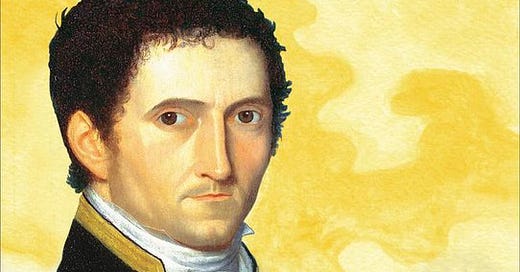



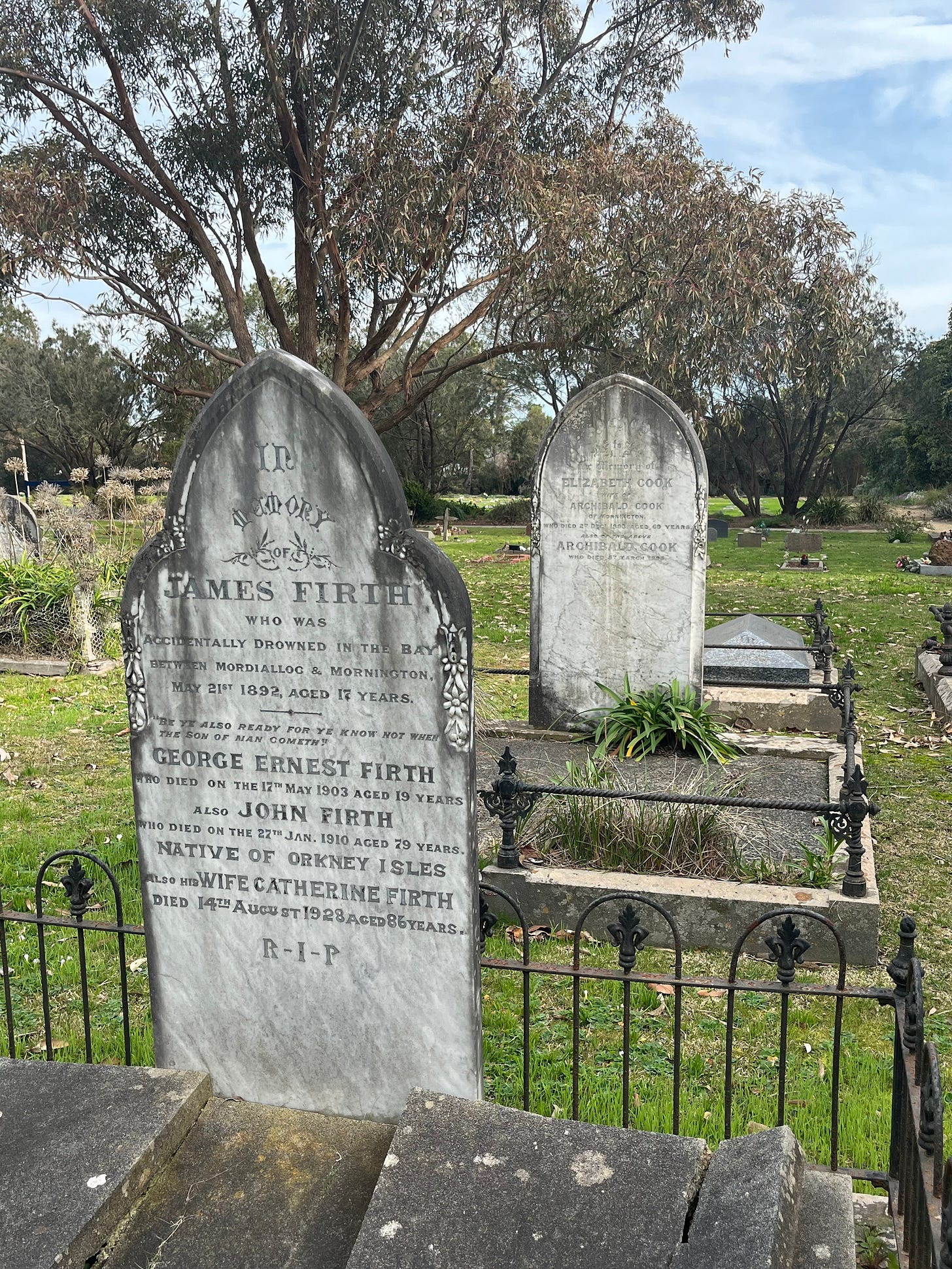
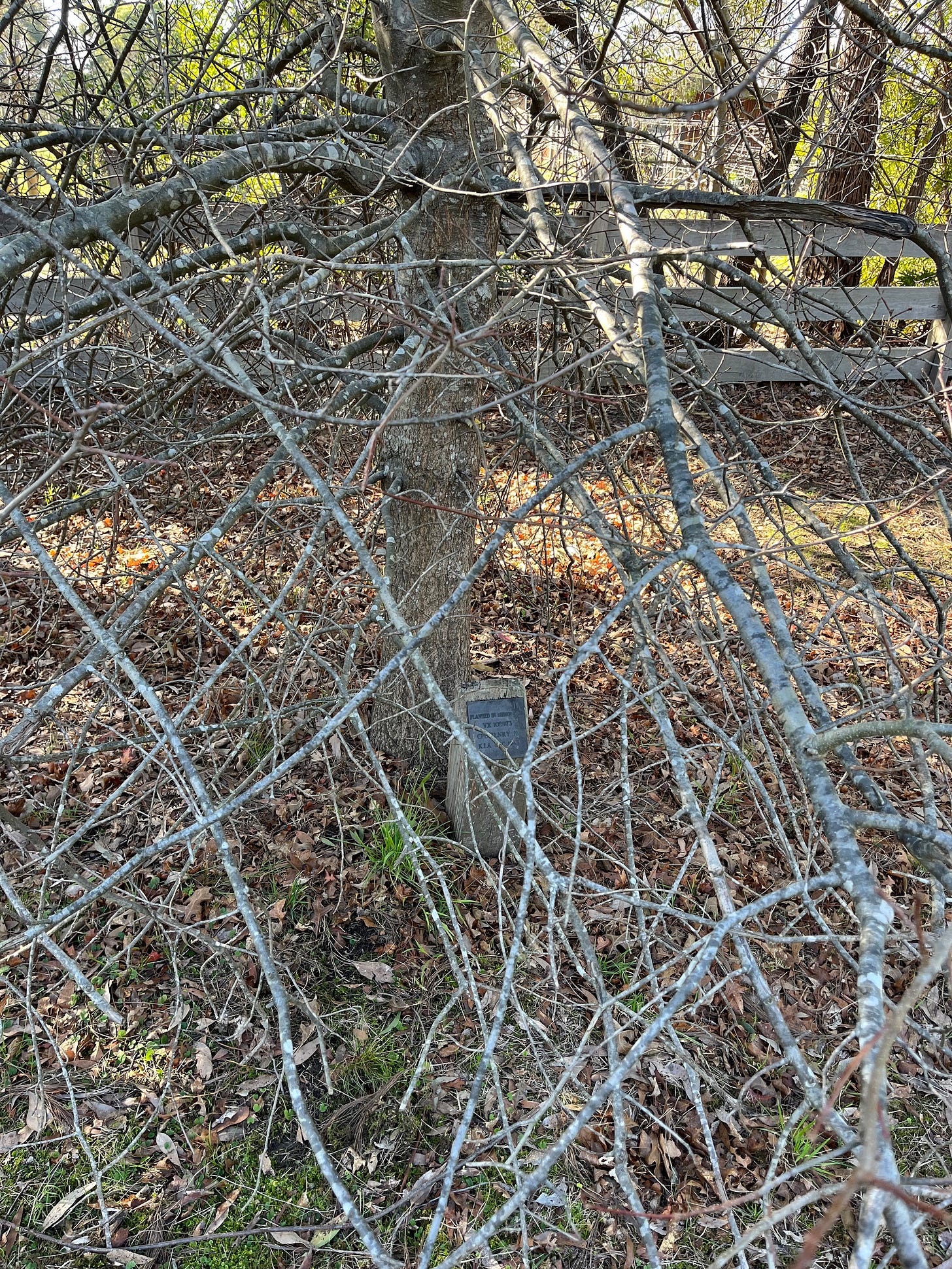
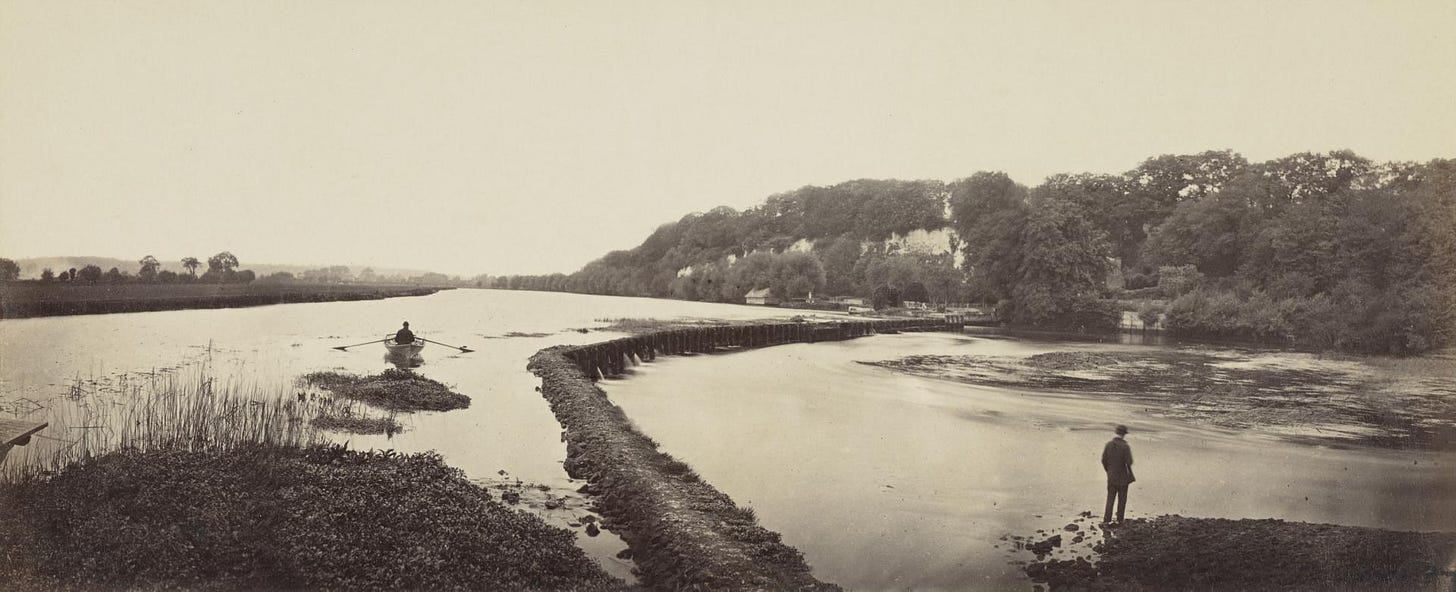
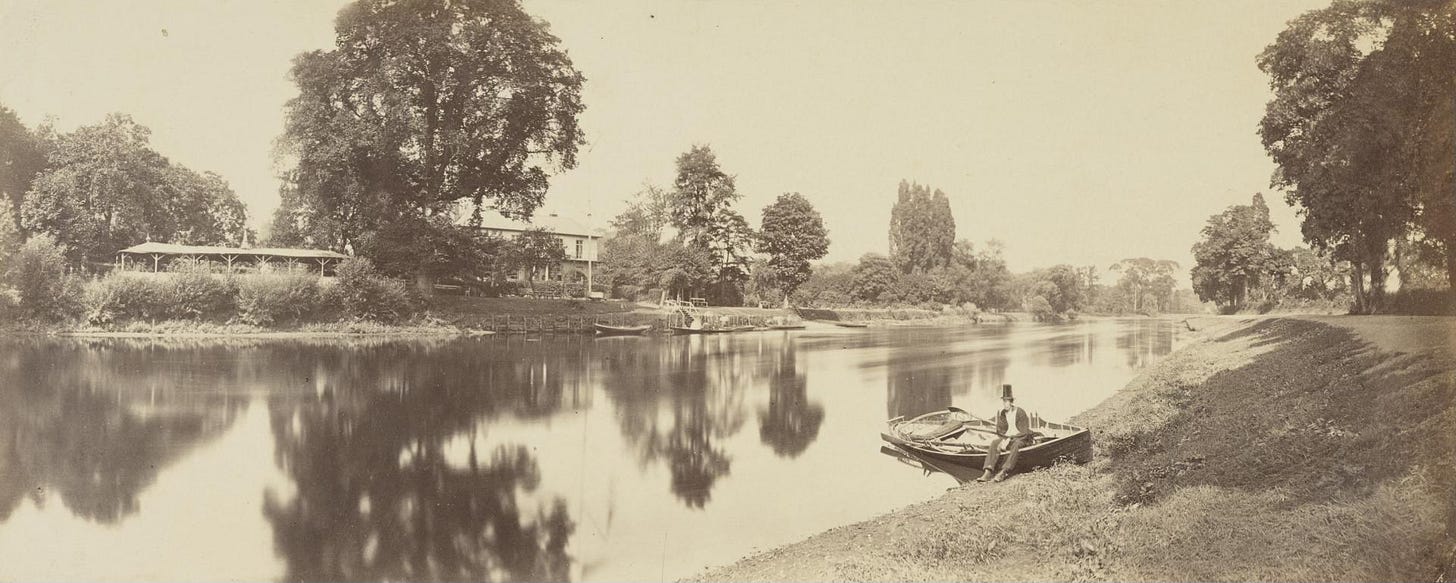
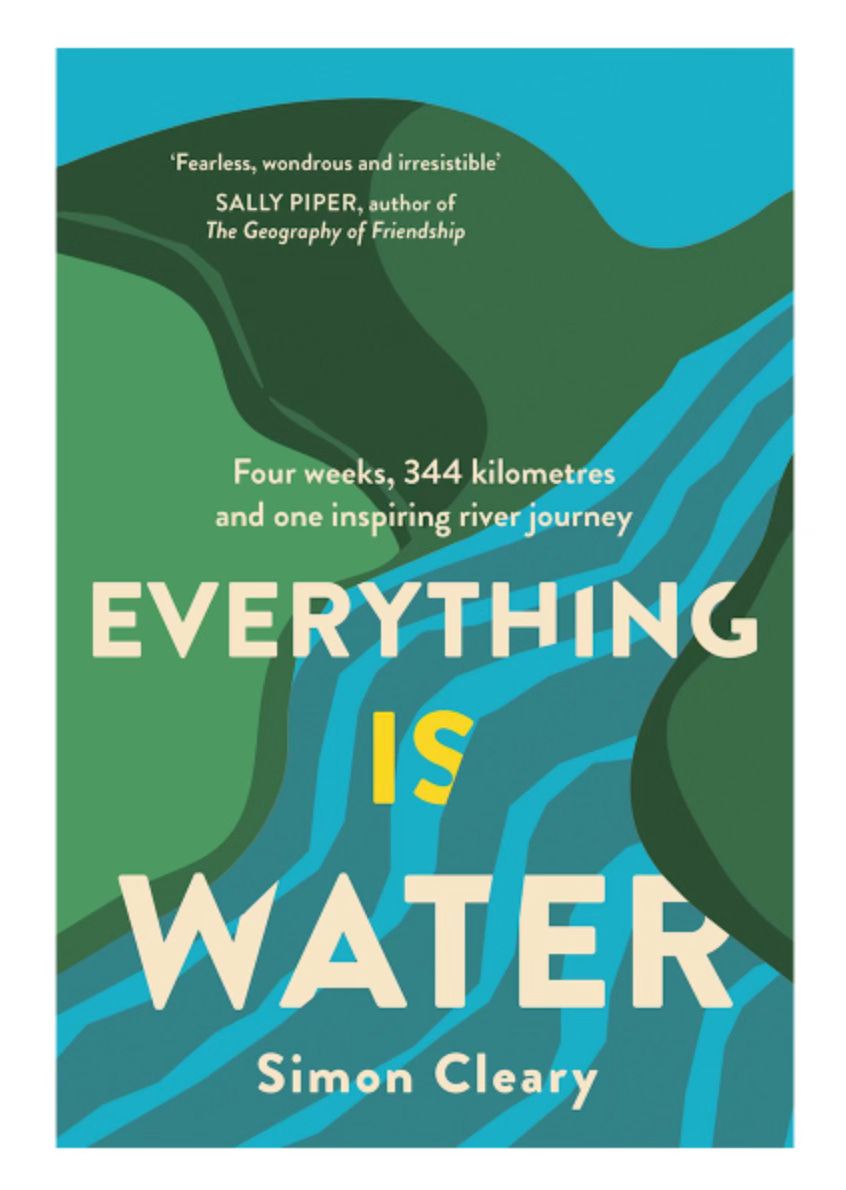
"To Sing Of War" by Catherine McKinnon has some really evocative writing about the New Guinea conflict, from the POV of both soldiers and nurses and the native New Guineans caught in the middle.